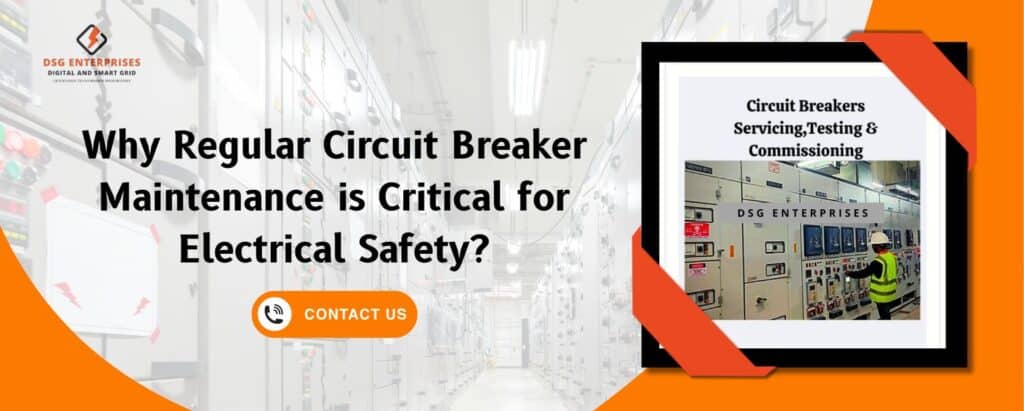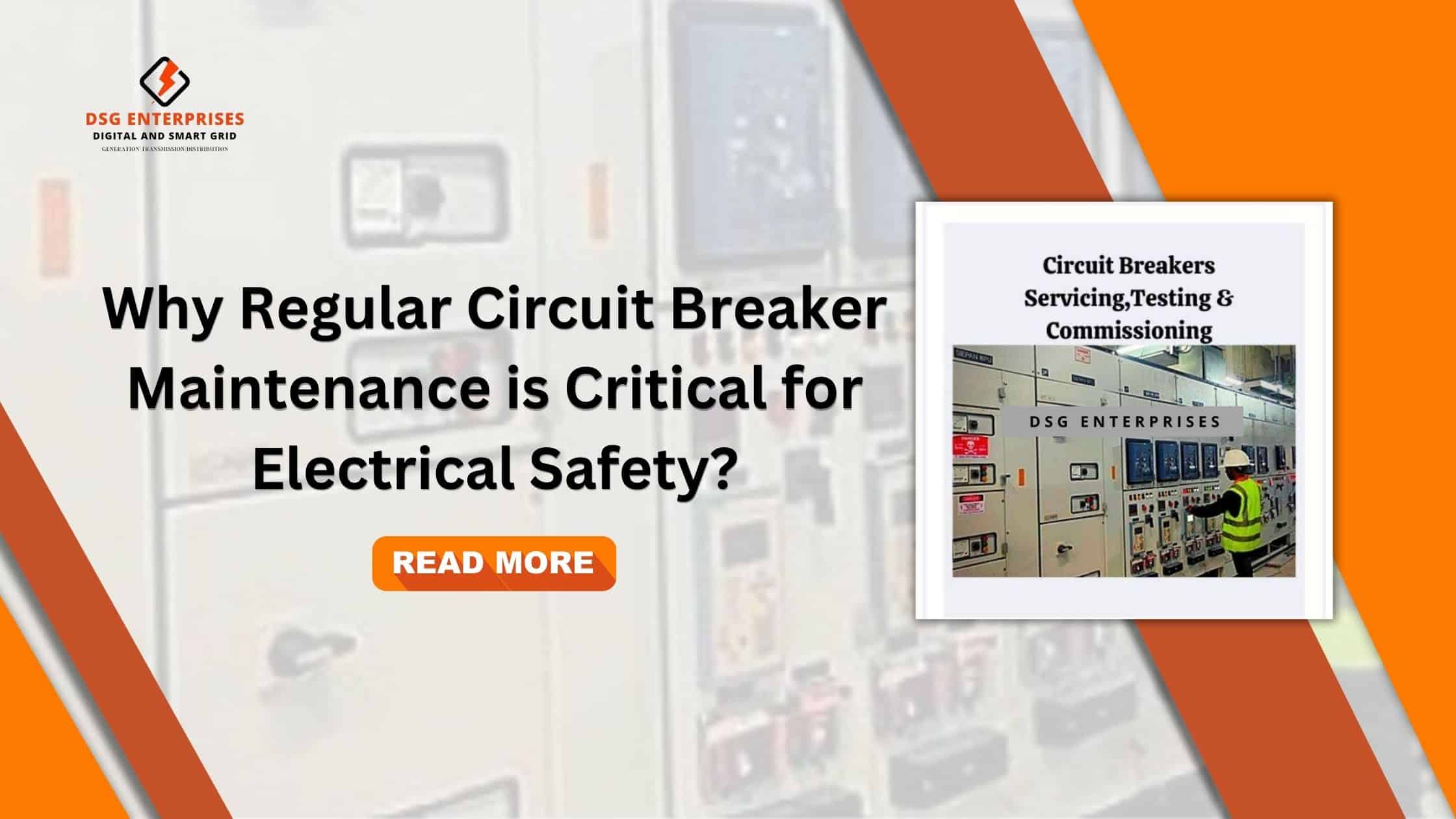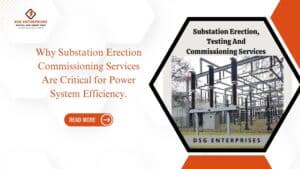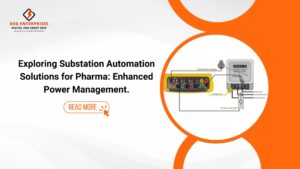Circuit Breakers Servicing plays a vital role in safeguarding electrical systems from overloads, short circuits, and faults. Regular servicing of these essential components ensures reliable operation and enhances overall electrical safety. Neglecting circuit breaker maintenance can lead to equipment failure, electrical hazards, and costly downtime. This blog explores why routine servicing is necessary, what it involves, and how it contributes to a safer electrical environment.
Overview Of Regular Circuit Breakers Servicing
Regular Circuit Breakers Servicing is essential for maintaining electrical safety and ensuring the reliable operation of power systems. Circuit breakers act as protective devices that prevent electrical overloads and short circuits, reducing the risk of equipment damage and electrical hazards. However, like any mechanical component, circuit breakers are subject to wear and tear, making routine maintenance a necessity.
Circuit Breakers Testing Servicing includes both offline and online testing. Offline tests, such as Insulation Resistance Measurement, Dynamic Contact Resistance Measurement (DCRM), and Timing Measurement, assess the condition of internal components. Additionally, SF6 Gas Dew Point Measurement and Leakage Tests are crucial for gas-insulated breakers. Online tests like Partial Discharge Measurement and Thermography provide real-time monitoring, detecting faults without disrupting operations.
The servicing process involves cleaning, lubricating, and inspecting components to ensure efficient performance. Technicians also check arcing contacts, evaluate breaker-tripping mechanisms, and verify alignment and contact resistance. Secondary injection testing ensures that protection systems function accurately.
Professional servicing not only enhances safety but also extends the lifespan of circuit breakers, preventing unexpected failures and costly downtime. It ensures compliance with safety standards, optimizes performance, and safeguards personnel and assets.
Investing in regular circuit breaker maintenance is a proactive approach that minimizes risks, maximizes reliability, and promotes the longevity of your electrical infrastructure. Choose experienced professionals for comprehensive servicing across LV, MV, HV, and EHV levels to maintain a safe and resilient power system.
Benefits Of Circuit Breakers Servicing
- Ensuring Reliable Protection: Circuit breakers are designed to interrupt fault currents, preventing damage to electrical equipment and minimizing fire risks. However, over time, factors like wear and tear, dust accumulation, and environmental conditions can affect their performance. Regular servicing ensures that the breakers respond promptly during faults, offering continuous protection.
- Preventing Electrical Failures: Electrical failures often stem from neglected maintenance. Components like insulation, contacts, and mechanisms can degrade, leading to malfunctions. Through routine inspection and servicing, potential issues can be detected and resolved before they escalate, reducing the risk of unexpected failures.
- Enhancing Equipment Lifespan: Circuit breakers are a long-term investment. By performing regular maintenance, you extend their operational lifespan, ensuring they function optimally for years. Proper lubrication, cleaning, and alignment adjustments minimize wear and tear, preserving the equipment’s integrity.
Comprehensive Circuit Breakers Servicing Procedures
Professional servicing includes both offline and online testing, ensuring a thorough assessment of the breaker’s condition. Let’s explore the key services involved:
Offline Testing Services
Offline testing involves de-energizing the circuit breaker for a detailed evaluation. Some of the essential tests include:
- Insulation Resistance Measurement: Evaluates the insulation’s integrity to prevent leakage currents.
- Dynamic Contact Resistance Measurement (DCRM): Monitors the condition of contacts during operation.
- State Contact Resistance Measurement (CRM): Checks the resistance of closed contacts to detect deterioration.
- Timing Measurement: Ensures the breaker operates within specified timeframes.
- SF6 Gas Dew Point Measurement: Evaluates moisture levels in SF6 gas-insulated circuit breakers.
- SF6 Gas Leakage Test: Identifies gas leaks that could compromise insulation.
- Vacuum Interrupter Test (VIDAR): Conducted for vacuum circuit breakers to assess interrupter integrity.
- Functional Check (Remote Trial): Tests the breaker’s remote operation capabilities.

Online Testing Services
Online testing is performed without interrupting the power supply. It ensures real-time performance assessment:
- Partial Discharge Measurement: Detects insulation deterioration using electromagnetic sensors.
- Thermography: Identifies overheating components using infrared imaging.
Circuit Breaker Servicing Checklist
Circuit Breakers Servicing involves a series of comprehensive checks and adjustments to ensure reliable operation. The following tasks are typically performed during servicing:
- Clean the breaker using CRC to remove dirt and debris.
- Removing old grease and applying recommended lubrication.
- Inspecting arcing contacts and verifying contact gap measurements.
- Check the reset mechanism and breaker tripping using a push button.
- Testing tripping through protection release and manual trip mechanisms.
- Ensuring proper alignment and tightening of hardware components.
- Evaluating jaw contact conditions and cradle terminal alignment.
- Inspecting wiring for signs of damage or wear.
- Adjusting the gap between Hylam sheets and side plates.
- Confirming synchronized pole closing.
- Verifying anti-pumping device operation in EDO ACBs.
- Testing U/V release pickup and drop-off.
- Assessing motor, closing coil, and shunt release functions.
- Performing secondary injection testing for overload, short circuit, and earth fault protection.
- Check CT health and verify accurate protection settings.
The Importance of Professional Expertise
Engaging experienced professionals for Circuit Breakers Testing Servicing is essential. Certified technicians use advanced testing equipment and follow industry standards to ensure accurate assessments. They provide actionable insights to maintain system reliability.
Moreover, professional servicing teams offer end-to-end support across all voltage levels—Low Voltage (LV), Medium Voltage (MV), High Voltage (HV), and Extra High Voltage (EHV). They specialize in both Air-Insulated Switchgear (AIS) and Gas-Insulated Switchgear (GIS) systems, ensuring complete protection for electrical networks.
Benefits of Regular Circuit Breakers Servicing
- Enhanced Safety: Minimize the risk of electrical fires and personnel injury.
- Increased Reliability: Ensure uninterrupted power supply with timely fault detection.
- Extended Equipment Life: Prevent premature failures and optimize asset utilization.
- Cost Savings: Reduce repair costs and avoid unplanned downtime.
- Regulatory Compliance: Meet industry standards and safety regulations.
Conclusion
Regular Circuit Breakers Servicing is not just a recommendation; it is a necessity for maintaining electrical safety and operational efficiency. Through systematic testing, inspection, and maintenance, you can ensure your electrical infrastructure remains reliable and resilient.
Invest in professional Circuit Breakers Testing Servicing to protect your assets, enhance safety, and achieve long-term savings. Reach out to a trusted service provider today to schedule your next maintenance session and ensure your electrical system operates without interruptions.
At Digital & Smart Grid Enterprises, we take pride in being a leading Circuit Breakers Testing Servicing Provider. Our commitment is to deliver tailored relay solutions that meet various industry requirements. Whether you have questions or wish to make a purchase, feel free to contact us for Circuit Breakers Testing Servicing Cost at +917021624024 or via email at marketing@dsgenterprises.in. With our deep expertise in Relays and Field services, we guarantee consistent support throughout your journey. Discover our extensive product range by clicking here for more information.



